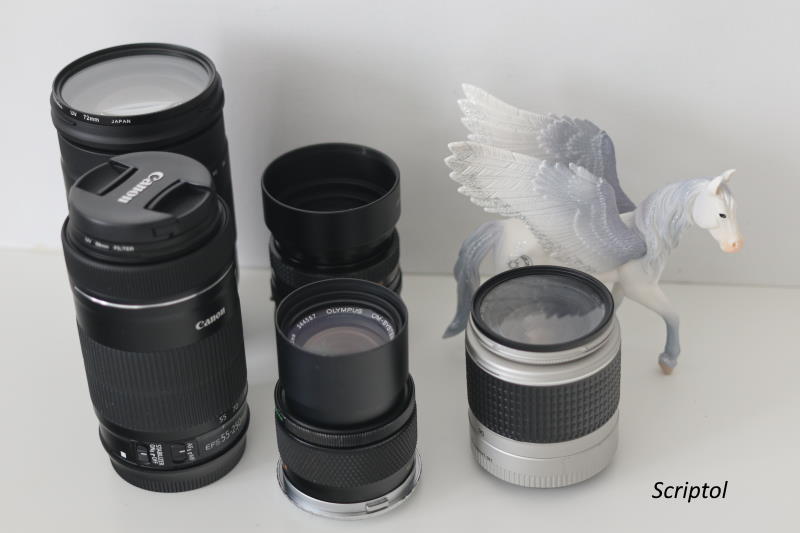Flat lens, the holy grail of photography
Nanostructured lenses have unlimited concentration at all distances.
Researchers at the University of Utah have developed a flat lens designed for cameras, smartphones and medical devices at the same time, which have the advantage of everything being in a perfectly clean field of view, as opposed to conventional glass lenses that tread on a specific object, leaving everything at a different distance blurred.

Towards the end of the usual goals...
Compared to the current smartphone lens, which is two millimeters thick, this new lens is only a few microns thick! And it is not compared with the lenses of camera lenses...
In current lenses, the light forming the images is bent before reaching the sensor. In this flat lens, microstructures bend each light and send it to the sensor to together form a perfect reproduction of what we see. These microstructures are like pixels, each of them sends a beam of light to the photocyte of the sensor, which receives it and converts it into an image.
We still thought, and this is what is reflected in all optical work, that light can be transmitted in only one way, with parallel rays that are converted into spherical waves converging to the focal point. However, these researchers have discovered other shapes, and this allows for completely different lenses. Of all the forms considered, they chose one that allows for a depth of development that is orders of magnitude greater than conventional lenses allow.
This flat lens is made of plastic rather than glass, which also makes it cheaper to manufacture.
It allows you to create an ultra-light, compact camera that does not require changing lenses. Soon we will see devices using this technology in the rays? Of course not, well-known manufacturers are too committed to their habits and have improved in the art of getting the most money from photography lovers, so they will see no reason to abandon the juicy lens market for their many non-free installations, astronomical prices. Even if they regret that the market has been drying up year after year since 2010.
But for smartphone manufacturers, this is the holy grail, plus the need to align the rows of lenses on the back of the devices, only one will give them perfect optical quality. Many other sectors will benefit from this: Drones, medical tomography, lidars of cars without drivers, etc.
Источник: Chromatic-Aberration-Corrected Diffractive Lenses for Ultra-Broadband Focusing ", Scientific Reports и Broadband lightwight flenses for long-wave infrared imaging на PNAS.
Spaceplate. The University of Ottawa has when it developed technology that reduces targets to flat hypersensitivity, using light obliquely rather than lost on a "meta-lens" device. (English).